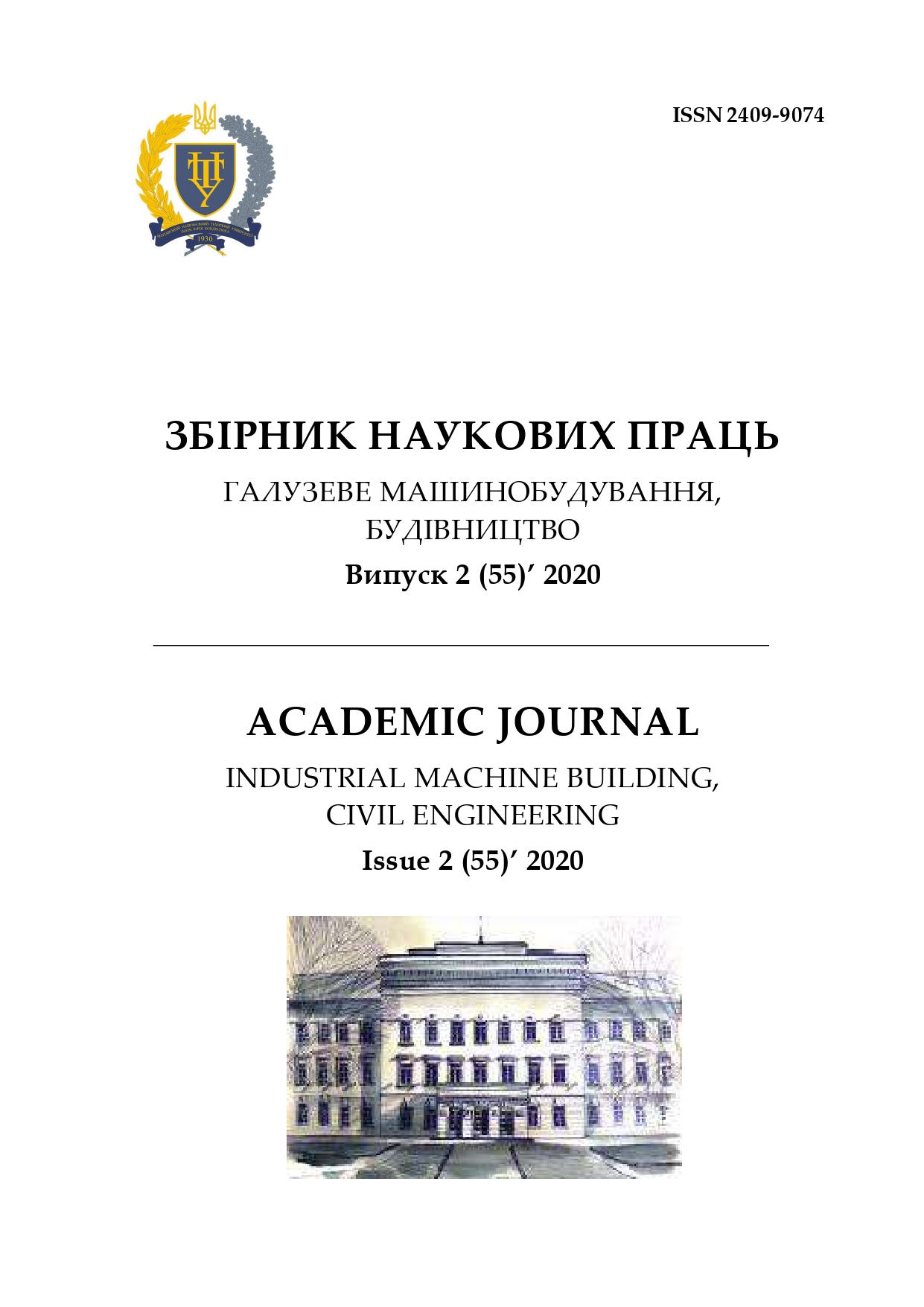Base deformation’s features during deep foundation pit excavation
DOI:
https://doi.org/10.26906/znp.2020.55.2346Keywords:
soil massif, dip foundation pit, stress-strained state, finite element method, retaining structure, drilled pileAbstract
The problems of estimating the stress-strain state of the foundations during the deep foundation pits installation are considered. The results of finite element calculations in the plane formulation of the stability of the pit walls and the retaining structures' operation under dense urban development are presented. It is proved that the proposed method specifies the calculation of determining the impact of the new building on existing buildings and structures, which enables assigning the design of retaining structures from drilled piles on the conditions of normal further operation of existing facilities. It is established that the parameters of the structures retaining the walls of deep foundation pits in the presence of existing buildings, should be assigned based on the actual condition of these buildings and the allowable additional deformations.
References
Briaud J.-L. (2013). Geotechnical Engineering: Unsaturated and Saturated Soils. Wiley DOI: https://doi.org/10.1002/9781118686195
Ulitskii V.M., Shashkin A.H. & Shashkin K.H. (2010). Geotechnical provision of urban development. Saint-Petersburg: «Georeconstruction»
Ilyichev V.A. & Mangushev R.A. (Ed.) (2014). Handbook of geotechnics. Bases, foundations and underground structures. Moscow: ASV
Katzenbach R., Leppla S., Seip M. & Kurze S. (2015) Value Engineering as a basis for safe, optimized and sustainable design of geotechnical structures. Proc. of the XVI ECSMGE Geotechnical Engineering for Infrastructure and Development. Edinburg, 601-606
https://doi:10.1680/ecsmge.60678
Mangushev R.A. & Nykyforova N.S. (2017) Technological settlements of buildings and structures in the underground construction influence zone. Moscow: ASV
VSN 490-87 (1988). Design and installation of pile foundations and sheet piles in the context of the industrial enterprises' reconstruction and urban development. Moscow: Minmontazhspetsstroy USSR
EN 1997-1:2004 (2004). Eurocode 7: Geotechnical Design. Part 1: General Rules. Brussels: European Committee for Standardization.
DBN V.2.1-10: 2018 (2018). Bases and foundations of buildings and structures. Main principles. Kyiv: Ministry of Regional Development, Construction, and Housing of Ukraine.
Neves, M. & Pinto, A. (2015) The use of CSM technology in permanent or temporary retaining structures with a
cofferdam effect. Proc. of the XVI ECSMGE Geotechnical Engineering for Infrastructure and Development. Edinburg.
https://doi:10.1680/ecsmge.60678
Klein, P.Y. & Mathieu, F. A soil remediation solution by deep soil mixing under low headroom conditions. Proc. of
the XVI ECSMGE Geotechnical Engineering for Infrastructure and Development. Edinburg.
https://doi:10.1680/ecsmge.60678
Kryvosheiev P., Farenyuk G., Tytarenko V., Boyko I., Kornienko M., Zotsenko M., Vynnykov Yu., Siedin V., Shokarev V., Krysan V. (2017). Innovative projects in difficult soil conditions using artificial foundation and base, arranged without soil excavation. Proc. of the 19th Intern. Conf. on Soil Mechanics and Geotechnical Engineering. Seoul, 3007-3010
Chau K. (2013). Numerical Methods. Proc. of the 18th Intern. Conf. on Soil Mechanics and Geotechnical Engineering. Paris, 647 – 654.
doi: 10.30977/bul.2219-5548.2020.89.0.59 DOI: https://doi.org/10.30977/BUL.2219-5548.2020.89.0.59
Klovanych S.F. (2009). The finite element method in nonlinear problems of engineering mechanics. Zaporozhye: LLC "IPO "Zaporozhye"
Downloads
Published
How to Cite
Issue
Section
Published 2020-12-30




